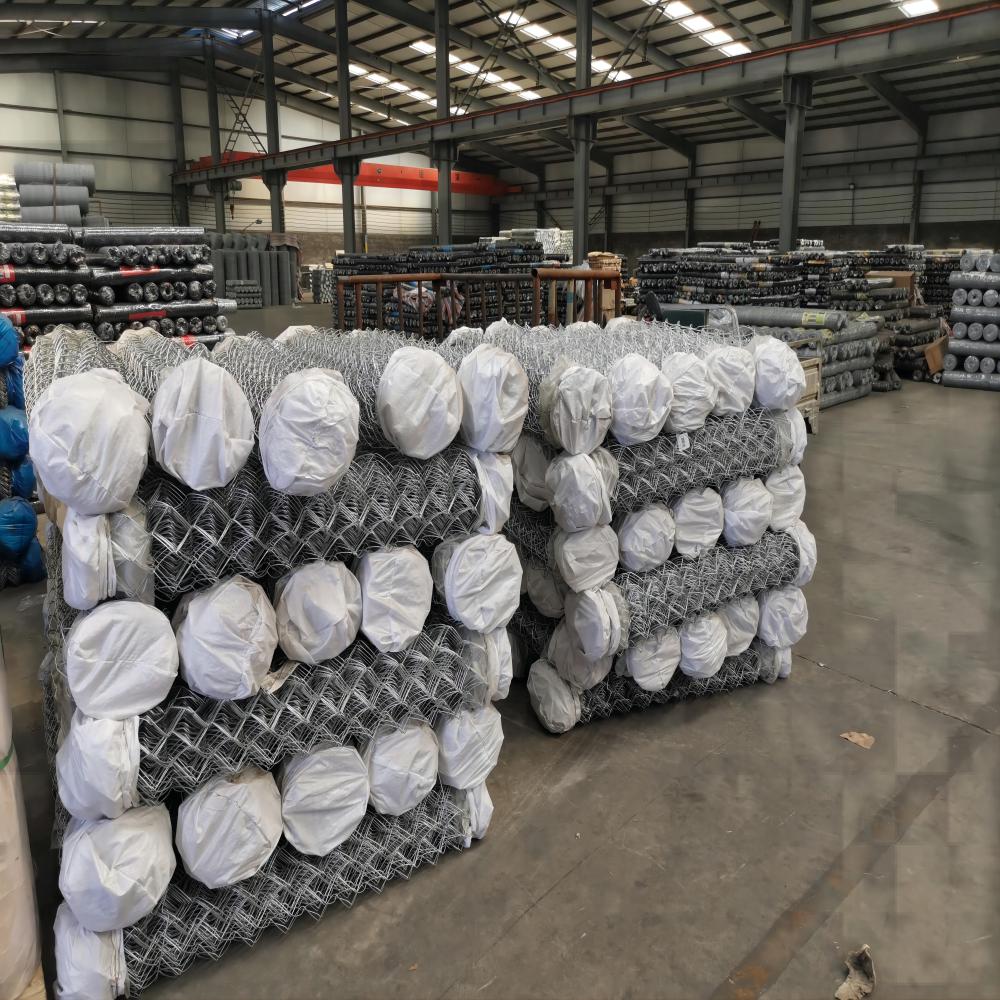Creative Uses for Decorative Barbed Wire in Modern Landscaping and Artistic Installations
The Aesthetics and Functionality of Decorative Barbed Wire
Barbed wire, a material traditionally associated with confinement and security, has evolved over time to encompass not just utility but also artistic expression. The concept of decorative barbed wire combines the rugged, industrial characteristics of traditional barbed wire with aesthetic features that make it suitable for various creative applications. This intriguing blend of functionality and artistry challenges the way we perceive barriers and boundaries, transforming them into something visually appealing while retaining their original purpose.
Historical Context
Barbed wire was invented in the late 19th century and quickly became synonymous with agriculture and land ownership. Primarily designed to keep livestock in and trespassers out, barbed wire served as a critical innovation in the development of the American West. Over the years, its application broadened, becoming a fundamental element in fences, security enclosures, and military fortifications. However, as design trends shifted, the stark, utilitarian nature of traditional barbed wire began to draw criticism for its harshness and the negative connotations of imprisonment it evoked.
The Rise of Decorative Barbed Wire
As architects and artists began to explore new design concepts, the idea of decorative barbed wire emerged
. Designers started experimenting with the traditional form, creating variations that included colored wire, intricate patterns, and artistic motifs that soften the harsh image typically associated with barbed wire. This new iteration is often used in landscaping, interior design, and public art projects, transforming a material once solely focused on security into a symbol of creativity.Art and Design Applications
decorative barbed wire

Decorative barbed wire can be seen in various contexts, including contemporary art installations, where it serves as a medium of expression to reflect themes of freedom, entrapment, and nature. Artists like David Smith and others have incorporated barbed wire into their sculptures, exploring the tensions between beauty and danger, security and restriction.
In landscape design, decorative barbed wire can be seamlessly integrated into fences that not only serve as barriers but also add character to gardens and outdoor spaces. This innovative approach allows for the combination of form and function, where the ruggedness of barbed wire complements the softness of natural elements, creating a striking visual contrast.
Sustainability and Environmental Consciousness
As sustainability becomes an increasingly pressing concern, the use of decorative barbed wire also aligns with the movement toward recycling and repurposing materials. By using salvaged or recycled wire, artists and designers create environmentally friendly pieces that highlight resourcefulness while retaining the aesthetic value of the material. This approach not only contributes to the circular economy but also encourages a dialogue about consumption and the life cycle of materials.
Conclusion
The evolution of decorative barbed wire signifies a broader trend in the design world, where the lines between function and aesthetics blur. While traditional barbed wire served a specific purpose, its decorative variant opens up new possibilities, allowing for artistic interpretation and expression. This innovative use not only challenges our perceptions of barriers but also invites us to reimagine them as elements of beauty and creativity. As we continue to explore the intersection of art and utility, decorative barbed wire stands as a testament to the transformative power of design, reminding us that even the most utilitarian materials can be redefined to inspire and uplift. Through this lens, what was once a symbol of restriction can transform into an emblem of creativity and ingenuity, redefining our relationship with boundaries and space.
-
Space-Saving Chain Fence Hacks Vertical Gardening with Cyclone MeshNewsJul.16,2025
-
Innovations in Iron Nail Wire Production for Modern ConstructionNewsJul.16,2025
-
Creative Uses of Wire Netting Fence in Modern Landscape DesignNewsJul.16,2025
-
Barbed Wire Fence Innovations in Anti-Climb TechnologyNewsJul.16,2025
-
Architectural Uses of Umbrella Nails for Aesthetic Roof DesignsNewsJul.16,2025
-
Architectural Uses of Razor Barbed Wire in Secure Urban DesignNewsJul.16,2025




